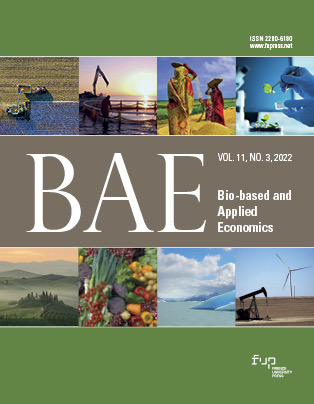Published 2022-11-04
Keywords
- Food loss and waste,
- Food supply chain,
- Philippines
How to Cite
Abstract
In recent years, the interest in food loss and waste has been gaining momentum from researchers and policy-makers. Much of the attention on the matter is centered in industrialized countries, creating a knowledge gap within developing countries, among which is the Philippines. This lack of information impedes the country-level response in solving the issue, whose implications extend to food and nutrition security, productivity, and resource use. For this reason, our paper estimates the food loss and waste levels in the Philippine food supply chain of rice, corn, and banana commodities. We were first to identify the percentage accumulation of food loss and waste in each stage of the food supply chain and translated such portions into edible food volumes initially intended for human consumption. Our findings revealed that between one-seventh to one-fifth of edible rice, corn, and banana quantities are lost/wasted in their respective food supply chains. For each of the commodities analyzed, the principal activities responsible for the problem are drying, dehanding, and harvesting, respectively. Our results suggest the following for policy intervention and research: establish an agreed-upon food loss and waste definition; calibrate interventions at the level of the food supply chain; follow a supply chain system approach in reducing the problem; and determine an acceptable level of loss/waste.







